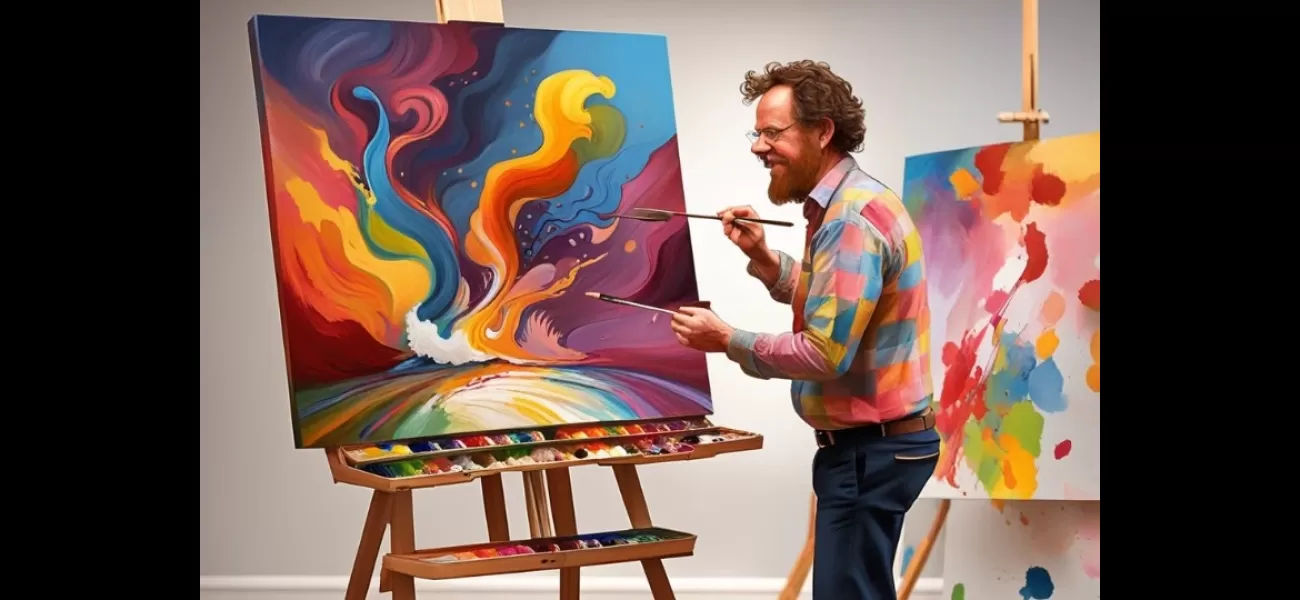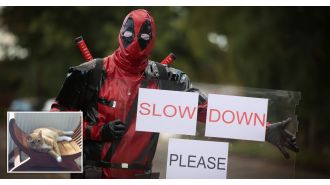Identify and develop creative skills through 7 steps to unleash your full creative potential. Unlock creativity by following 7 steps to unleash your inner creative genius.
Crack the creativity code with these 7 steps to unlock creativity for everyone.
November 8th 2023.

The 10,000-hour Rule has become iconic in the world of creativity and achieving success. It suggests that it takes approximately 10,000 hours of deliberate practice to achieve expertise or mastery in a particular field or skill. The concept was popularized by Malcolm Gladwell in his book Outliers: The Story of Success, which was published in 2008. While Gladwell didn't come up with the rule, it was based on the work of psychologist K. Anders Ericsson and his colleagues. They explored the factors that contribute to individuals becoming experts in their fields, such as music, sports, chess, and medicine.
The Beatles are one of the most famous examples of the 10,000-hour rule in practice. They performed live in Germany over 1,200 times from 1960 to 1964, amassing more than 10,000 hours of playing time. Bill Gates also implemented the rule when he gained access to a high school computer in 1968 at the age of 13, and spent 10,000+ hours practicing programming on it.
Developing a skill or expertise takes more than just practice. It requires a journey of individual growth and development. It starts with being incompetent and then gradually moves through the steps and the hours of practice needed to reach the final stage of subconscious competence. At this level, the skill and expertise is so embedded that you have the freedom and flow as intuition enters into the process to be much more creative.
Creativity is often seen as something only gifted people possess. But creativity is not limited to a select group of individuals; it is a capacity that exists in varying degrees within all people. While some individuals may naturally exhibit higher levels of creativity, it can also be nurtured, developed, and enhanced through practice, education, and exposure to different experiences and ideas.
Creativity is a complex and multifaceted mental process that involves the generation of novel and valuable ideas, solutions, or expressions. It can be messy and overwhelming, but with practice and dedication, it can be distilled into simplicity. There are certain steps you can take to amplify your creativity, such as preparation, incubation, illumination, production, verification, presentation and public validation, reflection and iteration.
All of these steps are necessary to cultivate creativity and to reach the ultimate goal of creative success. It requires hard work and dedication, but it is possible for everyone. With the right approach and attitude, anyone can be creative and achieve success.
The Beatles and Bill Gates are two creative geniuses who have used the “10,000-hour rule” for success. This rule, popularized by Malcolm Gladwell in his book “Outliers: The Story of Success”, suggests that it takes around 10,000 hours of deliberate practice to master a certain field or skill.
This concept was based on the research of psychologist K. Anders Ericsson, who explored the factors that contribute to individuals becoming experts in their fields. He found that it is not just innate ability that contributes to creative success, but the importance of deliberate practice and time invested.
Creativity is often seen to be only for the gifted, the genius. However, creativity is in our nature and it needs to be nurtured and invested in. It is a spark that needs to find an outlet, and it is this process of practice that can amplify creativity.
When starting on the creative journey we all have to start at the same level - being incompetent. It is only when we move through the steps and the hours of practice needed to reach the level of subconscious competence that we can reach our creative pinnacle. At this level the skill and expertise is so embedded that there is a natural flow of intuition and creativity.
Creativity is a complex and multifaceted mental process, involving the generation of novel and valuable ideas, solutions, or expressions. It is often new combinations of the ordinary put together in unique ways. To make a difference in the world, creativity needs to be manifested.
To amplify creativity, it is important to follow the seven steps of the creative process. Preparation involves immersing yourself in the subject matter and identifying constraints and limitations. Incubation is the period of allowing the mind to process the gathered information. Illumination is the creative breakthrough when the idea or solution suddenly comes to the forefront of the individual’s consciousness. Verification is the evaluation, refinement, and testing of the creative output.
Creativity is available to all of us, and with the right tools and investment of time and energy, we can all reach our creative potential.
The Beatles are one of the most famous examples of the 10,000-hour rule in practice. They performed live in Germany over 1,200 times from 1960 to 1964, amassing more than 10,000 hours of playing time. Bill Gates also implemented the rule when he gained access to a high school computer in 1968 at the age of 13, and spent 10,000+ hours practicing programming on it.
Developing a skill or expertise takes more than just practice. It requires a journey of individual growth and development. It starts with being incompetent and then gradually moves through the steps and the hours of practice needed to reach the final stage of subconscious competence. At this level, the skill and expertise is so embedded that you have the freedom and flow as intuition enters into the process to be much more creative.
Creativity is often seen as something only gifted people possess. But creativity is not limited to a select group of individuals; it is a capacity that exists in varying degrees within all people. While some individuals may naturally exhibit higher levels of creativity, it can also be nurtured, developed, and enhanced through practice, education, and exposure to different experiences and ideas.
Creativity is a complex and multifaceted mental process that involves the generation of novel and valuable ideas, solutions, or expressions. It can be messy and overwhelming, but with practice and dedication, it can be distilled into simplicity. There are certain steps you can take to amplify your creativity, such as preparation, incubation, illumination, production, verification, presentation and public validation, reflection and iteration.
All of these steps are necessary to cultivate creativity and to reach the ultimate goal of creative success. It requires hard work and dedication, but it is possible for everyone. With the right approach and attitude, anyone can be creative and achieve success.
The Beatles and Bill Gates are two creative geniuses who have used the “10,000-hour rule” for success. This rule, popularized by Malcolm Gladwell in his book “Outliers: The Story of Success”, suggests that it takes around 10,000 hours of deliberate practice to master a certain field or skill.
This concept was based on the research of psychologist K. Anders Ericsson, who explored the factors that contribute to individuals becoming experts in their fields. He found that it is not just innate ability that contributes to creative success, but the importance of deliberate practice and time invested.
Creativity is often seen to be only for the gifted, the genius. However, creativity is in our nature and it needs to be nurtured and invested in. It is a spark that needs to find an outlet, and it is this process of practice that can amplify creativity.
When starting on the creative journey we all have to start at the same level - being incompetent. It is only when we move through the steps and the hours of practice needed to reach the level of subconscious competence that we can reach our creative pinnacle. At this level the skill and expertise is so embedded that there is a natural flow of intuition and creativity.
Creativity is a complex and multifaceted mental process, involving the generation of novel and valuable ideas, solutions, or expressions. It is often new combinations of the ordinary put together in unique ways. To make a difference in the world, creativity needs to be manifested.
To amplify creativity, it is important to follow the seven steps of the creative process. Preparation involves immersing yourself in the subject matter and identifying constraints and limitations. Incubation is the period of allowing the mind to process the gathered information. Illumination is the creative breakthrough when the idea or solution suddenly comes to the forefront of the individual’s consciousness. Verification is the evaluation, refinement, and testing of the creative output.
Creativity is available to all of us, and with the right tools and investment of time and energy, we can all reach our creative potential.
[This article has been trending online recently and has been generated with AI. Your feed is customized.]
[Generative AI is experimental.]
0
0
Submit Comment





